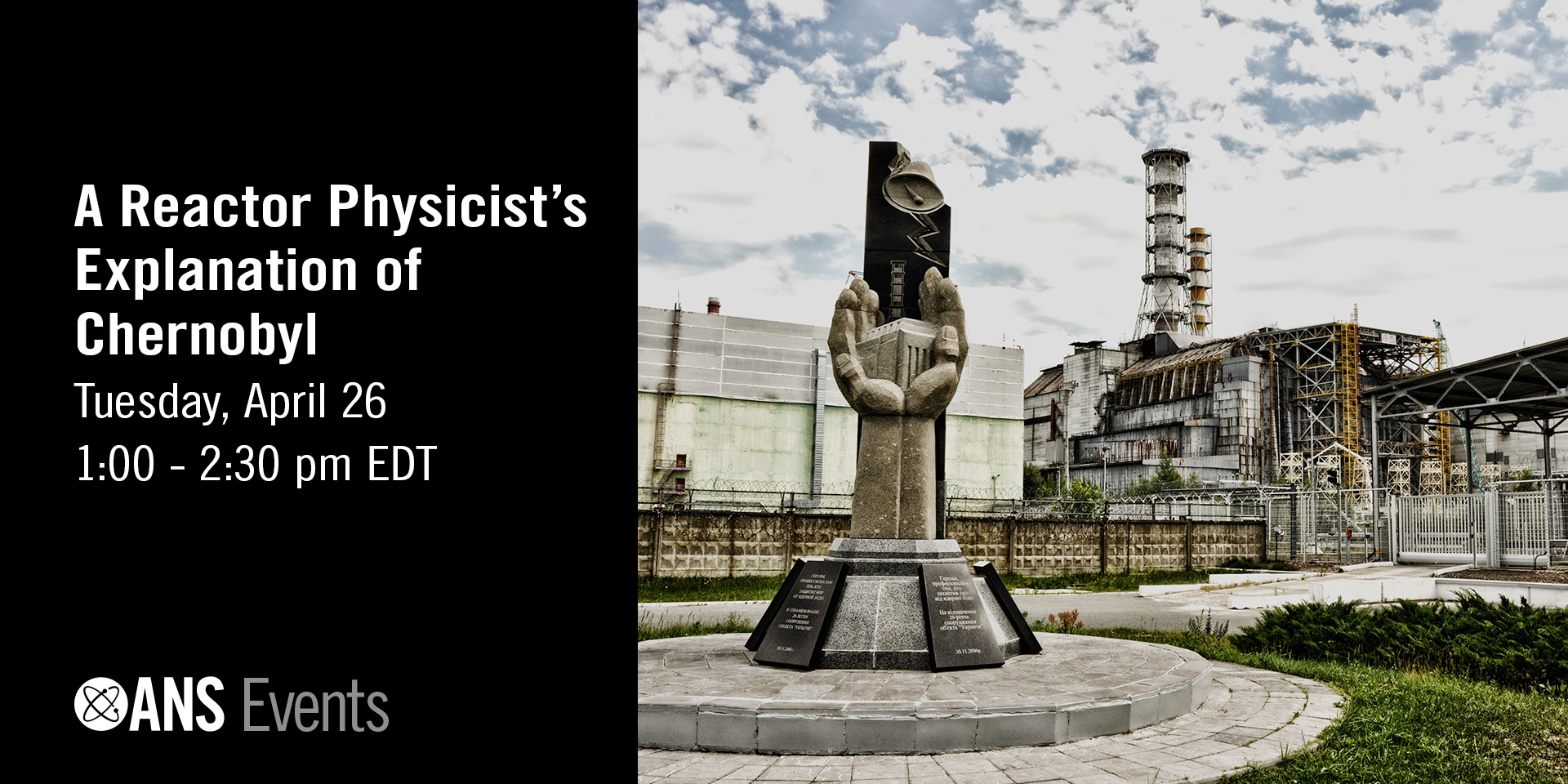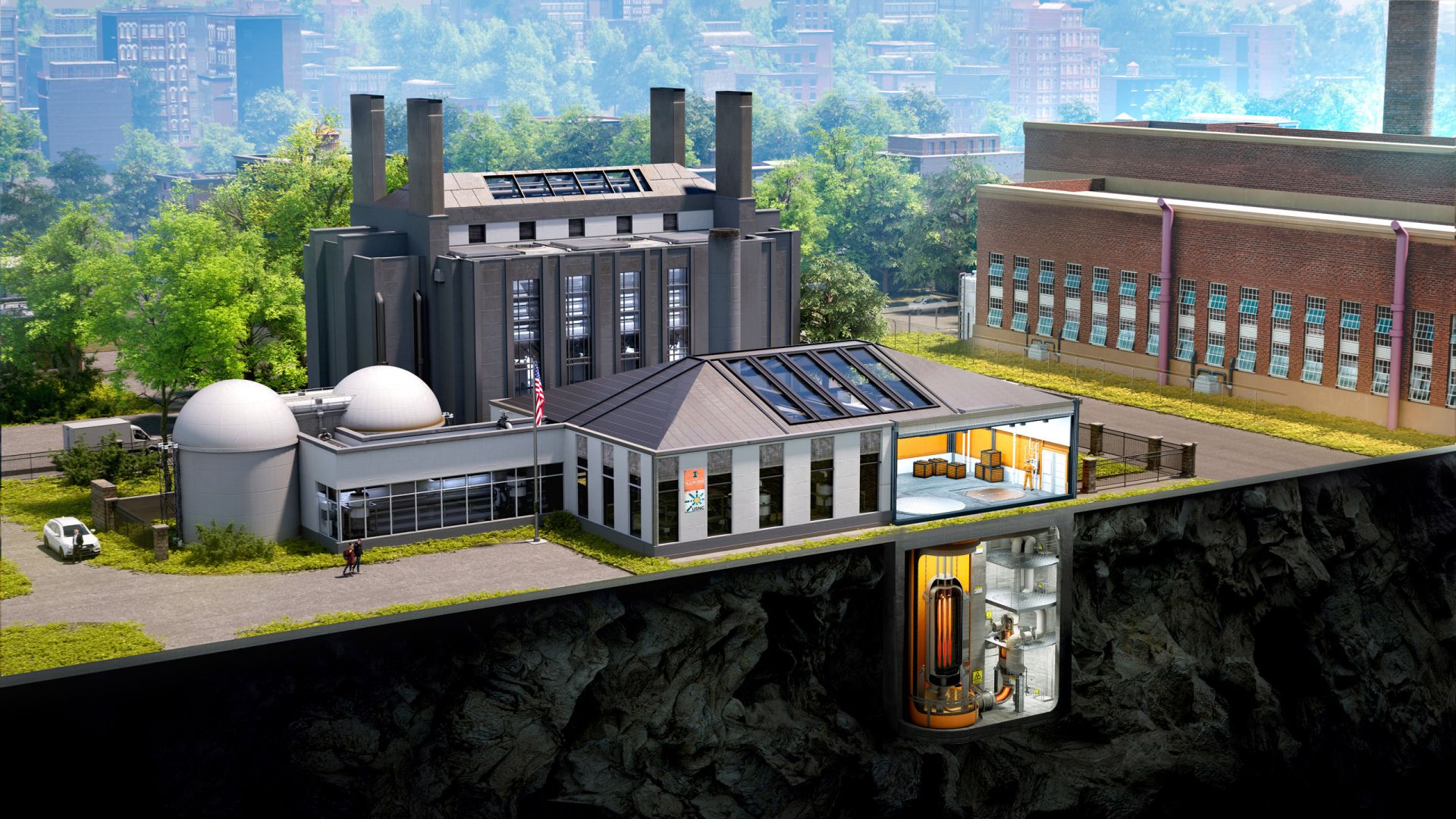A grad student prepares advanced nuclear fuel specimens for testing, including uranium silicide as an accident tolerant fuel for LWR and mixed uranium/refractory carbide fuels for nuclear thermal propulsion applications. (Photo: UofSC)
Nuclear News reached out to the Nuclear Engineering Department Heads Organization (NEDHO) to ask for assistance in connecting with nuclear engineering programs at U.S. universities. Our request to universities was to provide us with updates on their programs and to detail their areas of special interest.
NEDHO came through big time. As a result, 20 nuclear engineering programs answered the call. In this series of articles, we will take a close look at university programs around the United States. This time, the focus is on the University of South Carolina.
The new Zeanah Engineering Complex on UT–Knoxville's campus. (Photo: UT–Knoxville)
Nuclear News reached out to the Nuclear Engineering Department Heads Organization (NEDHO) to ask for assistance in connecting with nuclear engineering programs at U.S. universities. Our request to universities was to provide us with updates on their programs and to detail their areas of special interest.
NEDHO came through big time. As a result, 20 nuclear engineering programs answered the call. In this series of articles, we will take a close look at university programs around the United States. This time, the focus is on the University of Tennessee–Knoxville.
UT–Austin faculty, staff, and students presented papers at the Methods and Applications of Radioanalytical Chemistry (MARC) Conference in Kona, Hawaii, in 2018. (Photo: UT–Austin)
Nuclear News reached out to the Nuclear Engineering Department Heads Organization (NEDHO) to ask for assistance in connecting with nuclear engineering programs at U.S. universities. Our request to universities was to provide us with updates on their programs and to detail their areas of special interest.
NEDHO came through big time. As a result, 20 nuclear engineering programs answered the call. In this series of articles, we will take a close look at university programs around the United States. This time, the focus is on the University of Texas at Austin.
The University of Utah is nestled along the
Wasatch Mountain range in Salt Lake City, Utah.
Nuclear News reached out to the Nuclear Engineering Department Heads Organization (NEDHO) to ask for assistance in connecting with nuclear engineering programs at U.S. universities. Our request to universities was to provide us with updates on their programs and to detail their areas of special interest.
NEDHO came through big time. As a result, 20 nuclear engineering programs answered the call. In this series of articles, we will take a close look at university programs around the United States. This time, the focus is on the University of Utah.
A view into the UW–Madison nuclear reactor, which began operating in 1961. (Photo: UW–Madison)
Nuclear News reached out to the Nuclear Engineering Department Heads Organization (NEDHO) to ask for assistance in connecting with nuclear engineering programs at U.S. universities. Our request to universities was to provide us with updates on their programs and to detail their areas of special interest.
NEDHO came through big time. As a result, 20 nuclear engineering programs answered the call. In this series of articles, we will take a close look at university programs around the United States. This time, the focus is on the University of Wisconsin–Madison.
A graduate student prepares a depleted uranium salt ingot for a corrosion study sponsored by the Department of Energy’s Office of Nuclear Energy. (Photo: Dan Wagner, VCU Engineering)
Nuclear News reached out to the Nuclear Engineering Department Heads Organization (NEDHO) to ask for assistance in connecting with nuclear engineering programs at U.S. universities. Our request to universities was to provide us with updates on their programs and to detail their areas of special interest.
NEDHO came through big time. As a result, 20 nuclear engineering programs answered the call. In this series of articles, we will take a close look at university programs around the United States. This time, the focus is on Virginia Commonwealth University.
A student prepares electrochemical tests for development of an electrochemical sensor for a flowing molten salt system in a glovebox. (Photo: Virginia Tech)
Nuclear News reached out to the Nuclear Engineering Department Heads Organization (NEDHO) to ask for assistance in connecting with nuclear engineering programs at U.S. universities. Our request to universities was to provide us with updates on their programs and to detail their areas of special interest.
NEDHO came through big time. As a result, 20 nuclear engineering programs answered the call. In this series of articles, we will take a close look at university programs around the United States. This time, the focus is on Virginia Polytechnic Institute and State University.
Rendition of a VOYGR plant layout. (Image: NuScale)
Universities are places where professionals, experts, and students come together to teach and learn, to conduct and disseminate research, and to dream and explore. Universities have a long history of technological innovation and development. It should therefore come as no surprise that institutes of higher education have been an integral part of the recent explosion of innovation within the advanced nuclear reactor community. Universities have not only powered workforce and technology development, but in a number of cases, they have served as the actual birthplaces of today’s advanced reactor designs.




















